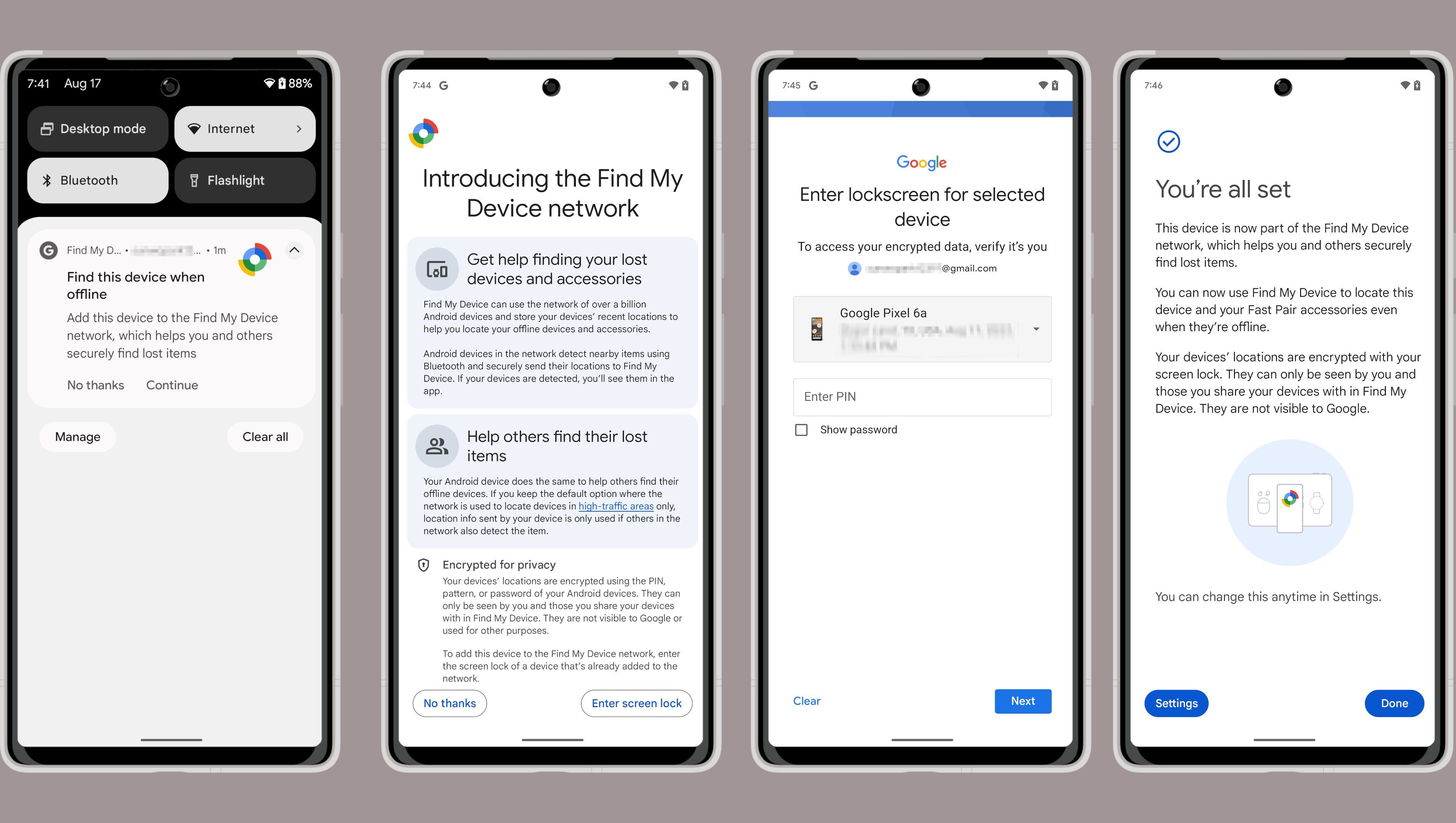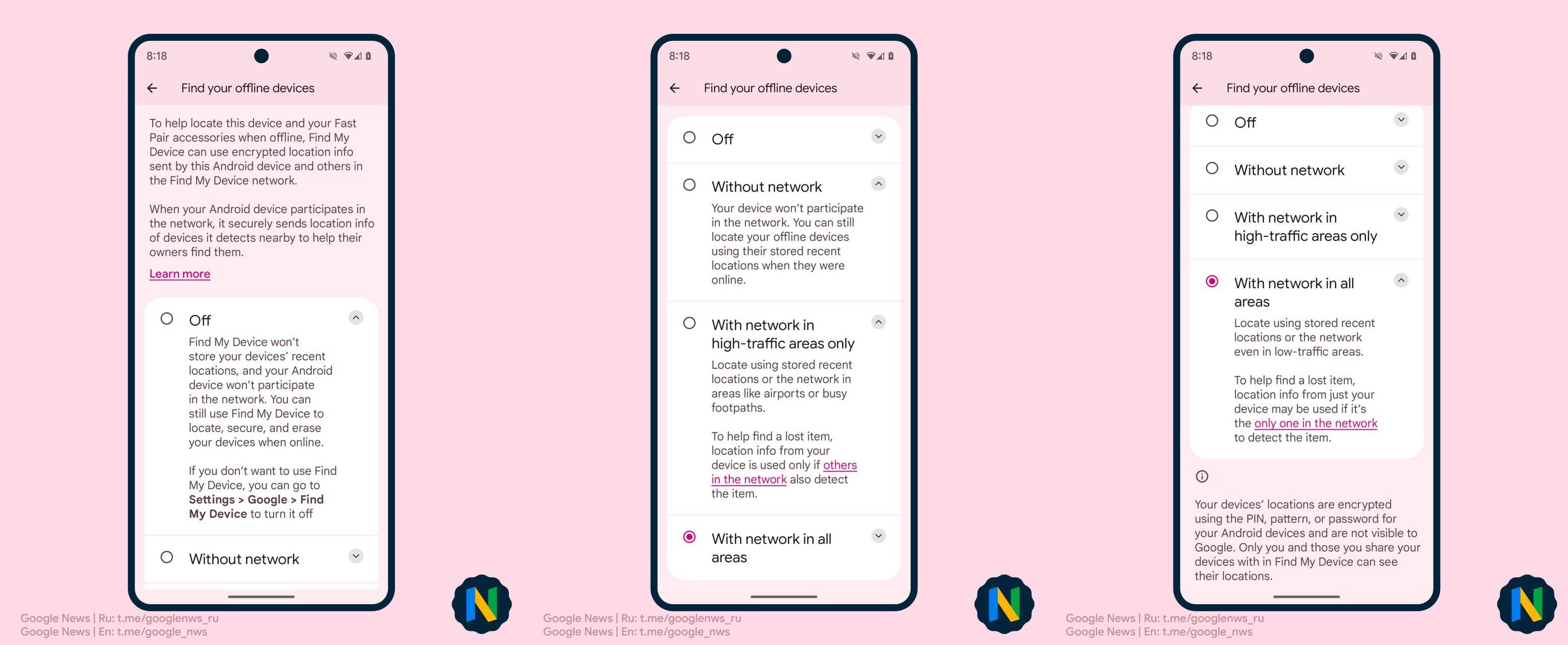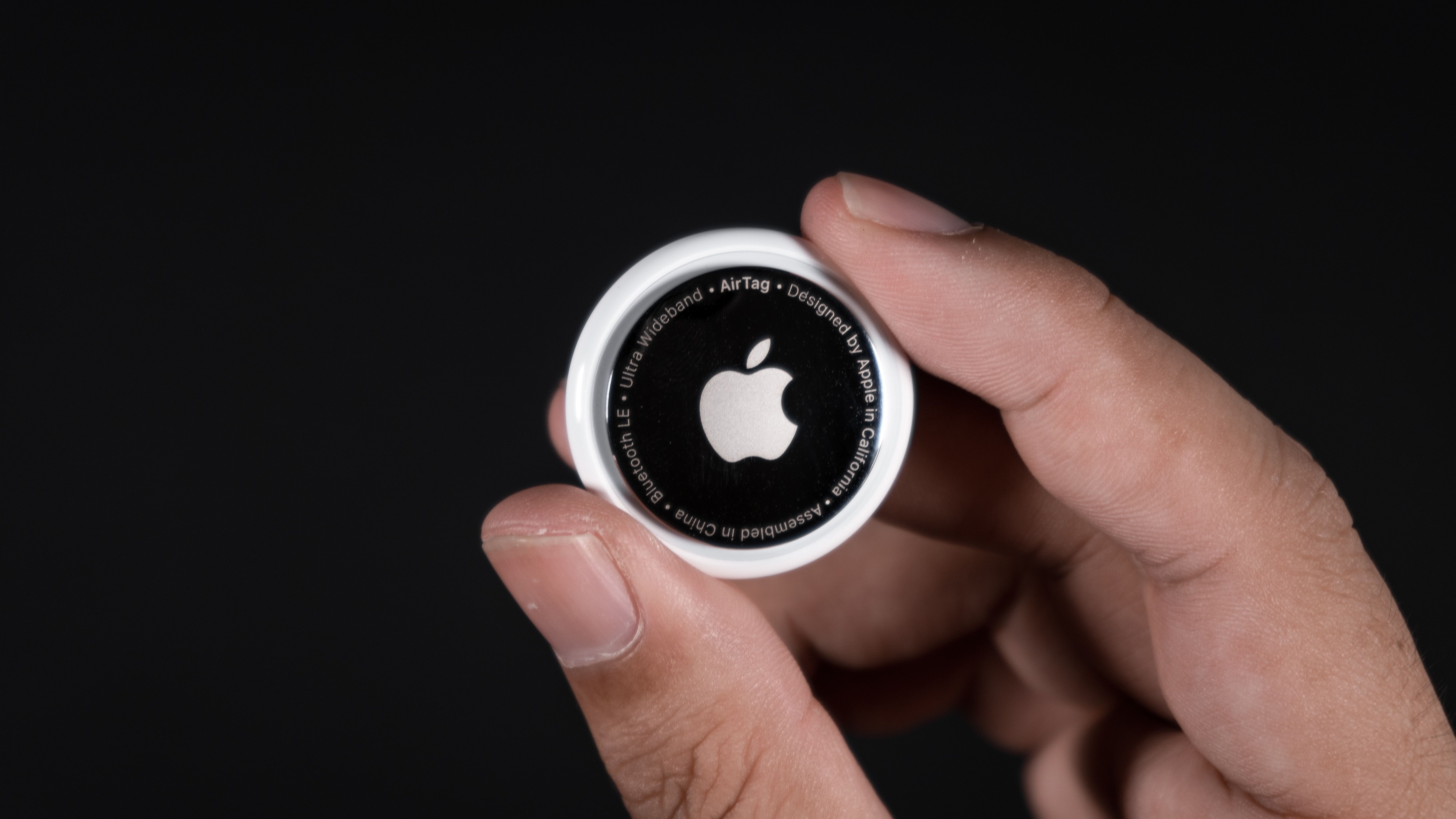If you’ve ever misplaced your smartphone, then you may have had success finding it by ringing it through your smartwatch or another smartphone. That only works if your misplaced device is somewhere in your immediate vicinity, but what if you accidentally left your phone in another location entirely? If you have an iPhone, you might be able to locate it using Apple’s Find My network. Your options for finding a lost Android phone are much more limited, though. That’s why we’re eagerly waiting for Google to launch the Find My Device network it announced all the way back at I/O 2023. The only problem is that its launch continues to be held up by Apple.
Related
Settings for Google’s Find My Device network are taking shape
Here’s our first glimpse at the related settings UI
For a bit of context, the Find My Device network is an upcoming, opt-in location tracking network consisting of Bluetooth-equipped Android phones and tablets. Phones and tablets that opt in ping each other via Bluetooth, allowing devices to mark each other’s locations even if they lose Internet access. Select devices that support Android 15’s new Powered Off Finder API, which will likely include Google’s upcoming Pixel 9 series, will be able to be tracked even when they’re off.

Screenshots showing the process of opting into Google’s Find My Device network. Credits: Mishaal Rahman.
The advantage of Google’s Find My Device network over competing networks from Samsung and Tile is that Google’s will be available on all Android devices that have access to the Google Play Store. This means that Google’s network could consist of literally billions of Android devices that could ping and locate one another, which would put it on par with Apple’s Find My network. Another reason why Google’s Find My Device network seems so similar to Apple’s network is that both are compatible with third-party tracker tags. Unfortunately, because tracker tags have been used to stalk people, Google decided it would hold off on launching its Find My Device network until Apple rolls out unwanted tracker detection on iOS.

Screenshots showing the settings for Google’s Find My Device network. Credits: Nail Sadykov.
Unwanted tracker detection is available on Android devices through the “unknown tracker alerts” feature, which makes it possible to find AirTags and other Bluetooth trackers. Although iOS can locate nearby AirTags, the OS has no way of detecting tracker tags that aren’t a part of Apple’s Find My network. Therefore, if an iPhone user was traveling alongside a tracker tag that’s not part of Apple’s network, the iPhone user would have no way of knowing (unless they saw it with their own eyes or they were pinged by a spare Android phone they happened to be carrying).
It’s for this reason that Google in late July announced that it was delaying the launch of the Find My Device network. Google said that it would be “working in partnership with Apple to help finalize the joint unwanted tracker alert specification by the end of this year.” The specification in question is Detecting Unwanted Location Trackers (DULT), which is currently undergoing a lengthy and extensive process set forth by the Internet Engineering Task Force (IETF) to become an Internet standard. We already know that Apple’s implementation of unwanted tracker detection is going to be based on DULT, but what we weren’t sure of is whether the company was waiting for DULT to become an Internet standard before proceeding with its implementation of the spec.
 Related
Related
How to find AirTags and other Bluetooth trackers with your Android phone
Keep an eye on what’s keeping an eye on you
If Apple is indeed waiting for DULT to become an Internet standard, then that means we’re going to have to wait a long time for Google to release its Find My Device network. That’s because DULT has a long way to go before it becomes an Internet standard, at least according to the Internet standard that defines how Internet standards are born. A technical specification has to undergo a lot of revisions and receive scrutiny from a lot of different stakeholders in the industry before it can become an Internet standard. This usually means there are a lot of meetings and debates spread out over many months.
DULT is still listed as an “Internet Draft”, which means it’s far from finalized. On March 1, a working group (WG) was formed for DULT that will help take the specification from draft to standard, which involves submitting a Request For Comments (RFC) document that then needs to become mature enough until it’s accepted by the IETF as an Internet standard. One of the milestones for the DULT WG is to “submit a standards document defining the protocol to detect and interact with unwanted tracker accessories for publication” by July 2025. Basically, if Apple truly is waiting for DULT to become an Internet standard, then there’s a possibility that we’d have to wait a whole year and three months for that to happen. Fortunately, that’s not the case, as you can probably tell from the title of this article.
We reached out to Google to ask whether the IETF’s ongoing work on the DULT specification has any impact on Google’s timeline to launch the Find My Device network. A spokesperson for Google told us that what Apple was actually waiting for was “a production implementation of the specification for unwanted tracking alerts” rather than an actual finalized version of the specification. This “production implementation” is actually the “version 01” draft document for DULT that was published in December of last year. This draft document outlines the “production implementation” that will be “supported in future versions of Android and iOS.”
A spokesperson for Google also pointed us to a May blog post from the Google Online Security Blog that accompanied the original announcement of the Find My Device network. This blog post actually did mention that Google and Apple were waiting for a “production implementation,” and it was even updated in December to note that the “integration version” of the standard was published. Google’s July blog post announcing the delay mentioned the company was waiting to “finalize” the specification, which is what confused us.
Now that we know the “production implementation” is what Apple has been waiting for and that it’s been available since December, though, we know the only thing holding back Google’s Find My Device network now is Apple. Developing and testing key security features obviously takes time, but any delay on Apple’s part only ends up hurting Android users who continue to have no easy way to locate their lost items. I’m sure Apple is giddy knowing it can control when Google can roll out its competing location tracking network, though.
